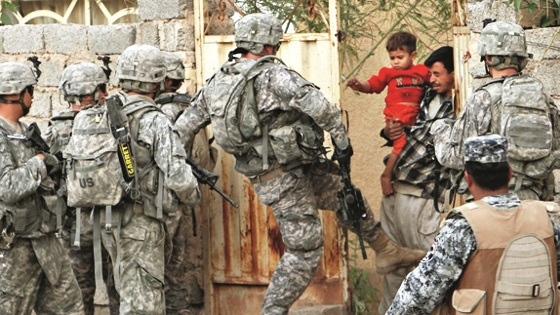Zakia Jafri, wife of Gujarat Congress leader and 2002 riot victim Ehsan Jafri, on Tuesday told the Supreme Court that a special investigation team had ignored crucial evidence to give a clean chit to then chief minister Narendra Modi in the larger case of conspiracy.
After absolving Modi of complicity in the riots as alleged by Zakia, the apex court-appointed SIT had filed a closure report in February 2012, which the trial court accepted in December 2013. Gujarat High Court upheld the decision in October 2017, and an aggrieved Zakia had approached the apex court.
“There were several facts which the SIT did not look into while filing the closure report,” senior counsel Kapil Sibal, appearing for Zakia, told the bench of Justices A.M. Khanwilkar, Dinesh Maheshwari and C.T. Ravi Kumar.
“A sting operation was relied upon in the Naroda Patiya (massacre) case and no one doubts its authenticity, and only the SIT did not look at it. Police wireless messages were not considered,” Sibal added.
Sibal said some of the police messages had been destroyed.
Sibal said the SIT had ignored the testimony of witnesses such as the then IPS officer Sanjeev Bhatt. Bhatt, who had accused Modi of directing the police to let Hindus “vent their anger”, was later dismissed from service and recently sentenced to a life term over a three-decade-old custody death.
“The SIT did not even follow the procedure to record statements, etc. The SIT had no authority to select which statement was correct when contrary statements were made. But they did so by selectively recording the statements,” Sibal said.
Ehsan Jafri and 68 others were burnt alive at Gulbarg Society in Ahmedabad on February 28, 2002. Zakia has alleged that the administration had ignored appeals for help. The trial court convicted 24 accused and acquitted 36.
The apex court had directed the SIT to look into Zakia’s allegations that Modi, some other ministers and police officers were part of a larger conspiracy behind the riots.
“Our case is that it was a well-planned operation of unleashing of violence with police complicity and which was in the knowledge of the state government,” Sibal said.
He contended that to prove the conspiracy charges, one had to look beyond the specific massacre but “the magistrate says, ‘I can’t look at anything else since the Supreme Court asked me to look into only the Gulbarg Society case”.
Sibal said about 23,000 pages of documents had been placed in support of the allegations before the SIT, but it had ignored them.
“A republic stands or falls depending on the court. We cannot trust anyone but the judiciary and courts. I am not on any single particular person. This is not a political issue, it’s the administrative failure of the state that I am concerned with,” Sibal said.
“All that I am looking for here is the investigation and not a conviction. I can show state intelligence bureau reports and see how it corroborates our submissions. This republic is too great to look the other way. So many documents were destroyed. Should not this be investigated?”
Justice Khanwilkar said the court wanted to see the closure report accepted by the magistrate. The arguments will continue on Wednesday.













